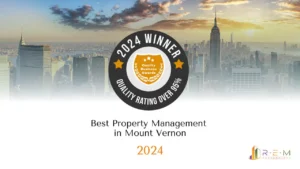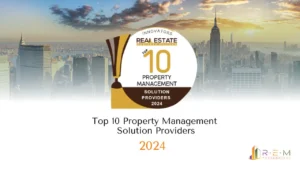Managing multi-family real estate is about more than checking in on tenants and keeping units booked. Investments are to be plotted and purchased, and all hypothetical to be pre-considered and budgeted.
Check out our tips on managing multi-family real estate, beginning with making a sound investment.
Thoroughly analyze investments before purchasing.
Evaluating multi-family real estate opportunities requires thinking objectively and long-term. A property purchase is not a good investment until you’ve mapped out the current shortcomings, the required improvements, the longevity of rental agreements and the future development of the neighborhood or surrounding areas. So much can affect the way your building rents. One block too far from a new grocery market can be the determinant of success and failure.
When you are analyzing the current and future states of your potential investment, consider the following questions: What competitors have failed in this neighborhood and which competitors are present? Is what you have to offer a valuable fit in the neighborhood and amongst competitors? What resources do you have to give you a competitive edge? How much capital funding do you need and how much might you need to operate and improve? What are current market trends and how do your projections look within today’s market and five-years-from-now’s market?
Answering these questions will quickly direct you toward a sensible decision.
If you feel emotionally attached to a building or a purchase decision, walk away.
This isn’t to say you cannot return to evaluate and even purchase, but emotional decisions are often blurred and carry detriment to ROI. Keep reviewing and assessing your business plan; this will help your decisions to remain objective. For example, you’ve always wanted to live downtown, and a historic, loft-like building opens up on the market. However, you cater to a suburban, multi-family clientele. Is the historic complex making your heart ache? Yes. Should you buy it? Definitely not. Return to your business objectives so that you can evaluate without bias.
Get acquainted with property management software.
Today, software solutions for property management are vast, and property owners everywhere are reaping the benefits. Software programs foster seamless communication between tenants and managers, track business income and expenses, handle multifamily property management fees, and monitor rental payments and security deposits.
Budget for building maintenance and future improvements.
Even though a building looks like it’s in great condition, basic (and unforeseen) maintenance is inevitable. Bring in a professional to assess the likely (and hypothetically worst case scenario) maintenance requirements. Factor these into your budget. Additionally, plan from the get-go to make the building better over time. We are in an era of constant and quick improvement, and your tenants will expect as much. Schedule remodels ahead of time to stay on top of budget allowances and rental capacity.
Be responsive.
Always respond to tenants within 24 hours, if not sooner. Although it’s a rental, this property is home for each family living in one of the units. Treat them with respect, make sure they feel cared for and let them know that your building is a long-term home solution for their family.
Learning to manage multi-family real estate is a significant endeavor, and it’s one that can be made exponentially easier by outsourcing multifamily management services. If you are investing in multi-family property, consider hiring and working with our professionally trained and highly experienced team at REM Residential. Get in contact with us today to learn more.





